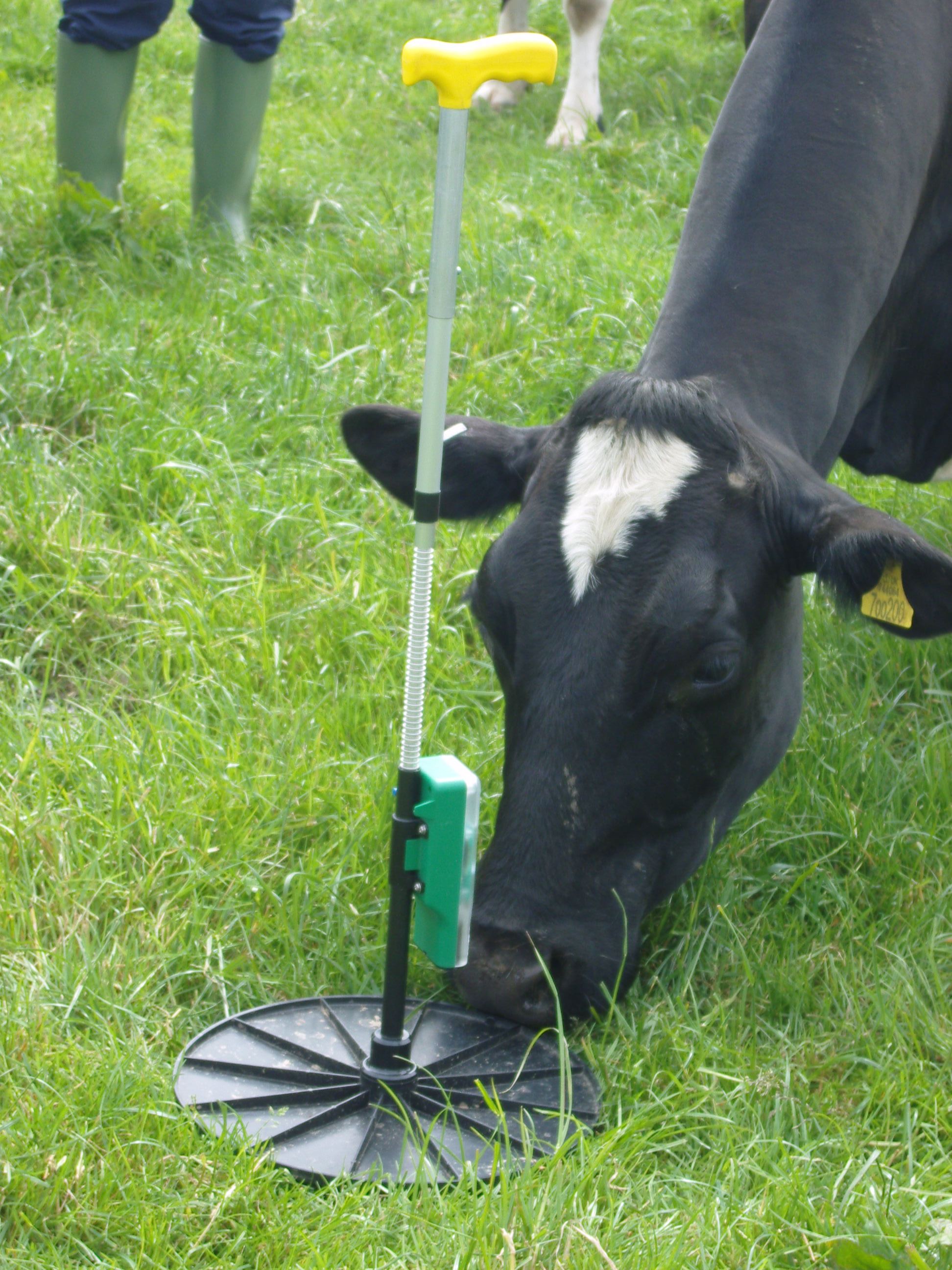Make sure your plate meter investment pays
Friday, 13 September 2019
Buying a plate meter – plus a good software management package – has to increase milk from forage by almost 300 litres/cow/year to justify the cost. So for anyone thinking about investing in a bigger bit of grassland kit for 2020, it is essential to first do a partial budget and work out the payback.
“If something is of marginal benefit, the practicalities might not be good enough: such as, it could be a shade cheaper to use a contractor, but if he’s not available when you want him, it’s better to do it yourself,” explains Anderson’s business consultant Tony Evans.
Using AHDB’s partial budget template: https://dairy.ahdb.org.uk/resources-library/technical-information/business-management/template-partial-budget/#.XXodGOR8DIU takes you through a logical process, in both words and numbers, of extra income plus saved costs, versus lost income and extra trading costs.
As an example, Tony says buying a plate meter for £600 and writing it off over 5 years is £120/year. Add to this a 10% return on capital investment another £60 per year (10% of £600). Then add £5/year for a battery and another £80/year for software (you need the complete package to fully realise the benefits). Finally, add four hours/week of labour x 34 weeks to plate meter and number crunch @ £50/hour management time.
“This comes to £7,065 per year! That’s what a plate meter actually costs you,” he says. “Divide this by 240 days at grass gets to £29.40/day and, over a 300-cow herd, it’s 10p/cow/day to be recovered to repay the cost.”
If 1 litre of milk produced from grazed grass costs 3ppl in feed and 1 litre of milk from concentrate costs 12ppl, then you have to produce 1 litre/cow/day more milk from grazed grass than concentrates to pay for it. Over 240 days, this means increasing yield from forage by 288 litres/cow to justify the time and investment alone. “Anything after that is additional profit. This is made by improving grass quality and measuring quantity, so that you can increase stocking rates, raise milk from forage and reduce concentrate use,” says Tony.
He adds, however, that the process of a partial budget is harder to adapt for buying other pieces of kit because they usually need a good tractor on the front! “Where you have a decent tractor, then ask: ‘is the job beneficial and who does it, me or the contractor’. For most people, a machine doesn’t do a lot of work in a year, so it’s best to share it or get a contractor in.”
Finally, something else to consider is a depreciation account: “This money in a separate bank account comprising the annual depreciation amount saved on a regular basis, so the core dairy asset isn’t compromised when trading performance is tight,” he explains. “Don’t be in a position of having no funds to replace the moveable kit that you have, whether it’s machinery, milking plant, or kit that’s in the shed specifically for milk production.”


